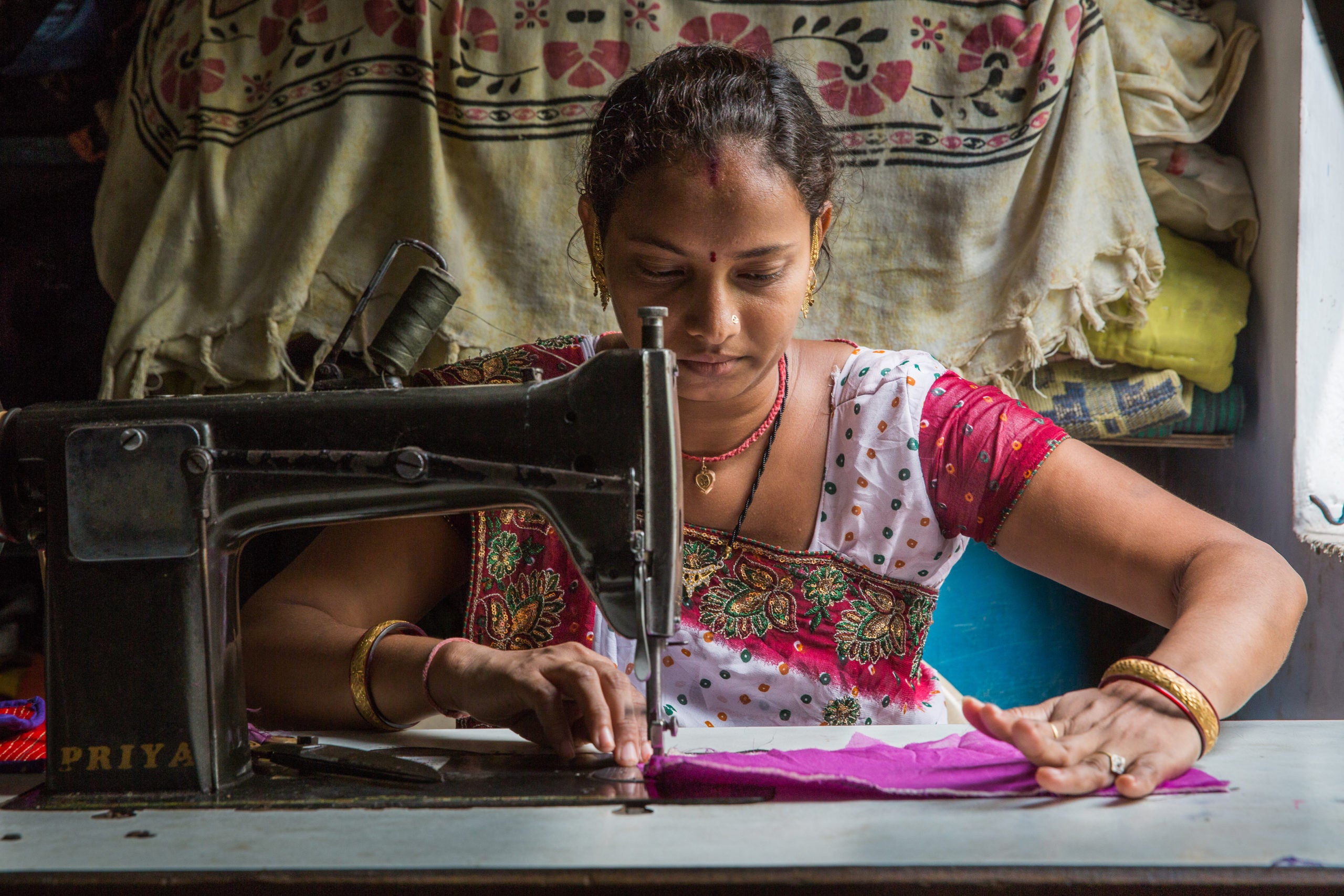
Although the evidence base in this area is expanding, there is still much we do not understand about how to best support firm growth and create quality jobs. ‘Business as usual’ will not fully address these gaps as learning in the sector is inhibited by behavioral factors and by the technical challenges of rigorous evaluation. At the same time, academic research has been inhibited by the lack of mechanisms to capture the insights of practitioners.
To address these challenges, the Small and Growing Business (SGB) Evidence Fund, a joint effort of the International Growth Centre (IGC) and ANDE, supports collaborations between researchers and practitioners to understand the most effective ways to support SGBs and the economic and social impact of SGB growth.
The fund has supported 19 projects to date in 13 countries across Sub-Saharan Africa, the Middle East & North Africa, South Asia, and Latin America. ANDE publishes practitioner briefs summarizing key takeaways from each completed project, available below. A full list of grant recipients and fund updates, including calls for proposals, can be accessed at theigc.org/initiatives/sgb-evidence-fund.
The SGB Evidence Fund is made possible by the generous support of the Argidius Foundation, the International Development Research Centre, the American people through the United States Agency for International Development (USAID), and the Foreign, Commonwealth and Development Office (FCDO).

"Female founders raise less capital from investors than male founders, even if their ventures are similar or identical. However, providing systematic evaluation frameworks could encourage investors to assess all candidates equally, thus reducing gender disparities. In this vein, the authors – Amisha Miller and Saurabh Lall – investigated whether changing systematic evaluation practices could close the gender gap in investment decisions. The authors designed and implemented a two-stage experiment in collaboration with Village Capital across different developing regions across Africa, South Asia (India), the Middle East, and Latin America to reduce gender disparities in investment decisions. The experimental findings confirm that using a systematic evaluation framework – prompting investors to consider both risks and growth, as well as progress – reduces or even reverses gender disparities in investment decisions. This study provides strong causal evidence for an intervention that can be implemented right out the gate at a low cost: providing a systematic evaluation framework to investors."

"Access to capital is crucial for fostering entrepreneurship, fueling business growth, and enhancing productivity. Unfortunately, femaleentrepreneurs in developing countries face significant challenges securing formal financial support and making lower profits than maleentrepreneurs. While the evidence on the gendered investment gap is well documented, scant evidence-based studies investigatewhether the disparity arises from investor bias. Authors Shibiru Ayalew, Shanthi Manian, and Ketki Sheth implemented a large-scale field experiment in a high-stakes natural context to identify whether loan officers exhibit discriminatory behavior in capital allocation decisions for businesses inEthiopia. The experimental study showed no evidence that financial providers discriminate against women-owned businesses in reviewing loan applications."

“Firms in developing countries struggle to recruit effective employees, due in part to their reliance on traditional recruitment networks such as family, friends, and referrals. This can limit the quantity and quality of potential hires and constrain the growth of small and medium-sized enterprises (SMEs). These hiring constraints can also limit employment opportunities for job seekers, especially in countries where SMEs employ a large share of the labor force. This research examines the impact of online job portals on reducing hiring frictions in the Indian labor market, using a randomized controlled trial (RCT) methodology. The study finds that firms in developing countries are more likely to fill a job vacancy when they receive both online job portal interventions, compared to receiving only larger applicant pools or identity verification services. Firms in the joint treatment group were 68% more likely to hire workers from the portal than firms in the control group, and these firms are more likely to hire overall across all recruitment methods. The study suggests that online job portals can provide a source for suitable employees outside of traditional networks, especially for smaller employers who may have less capacity to screen applicants. The authors highlight the importance of addressing multiple recruitment challenges in tandem for online job portals to alleviate constraints on recruitment in emerging markets.”



